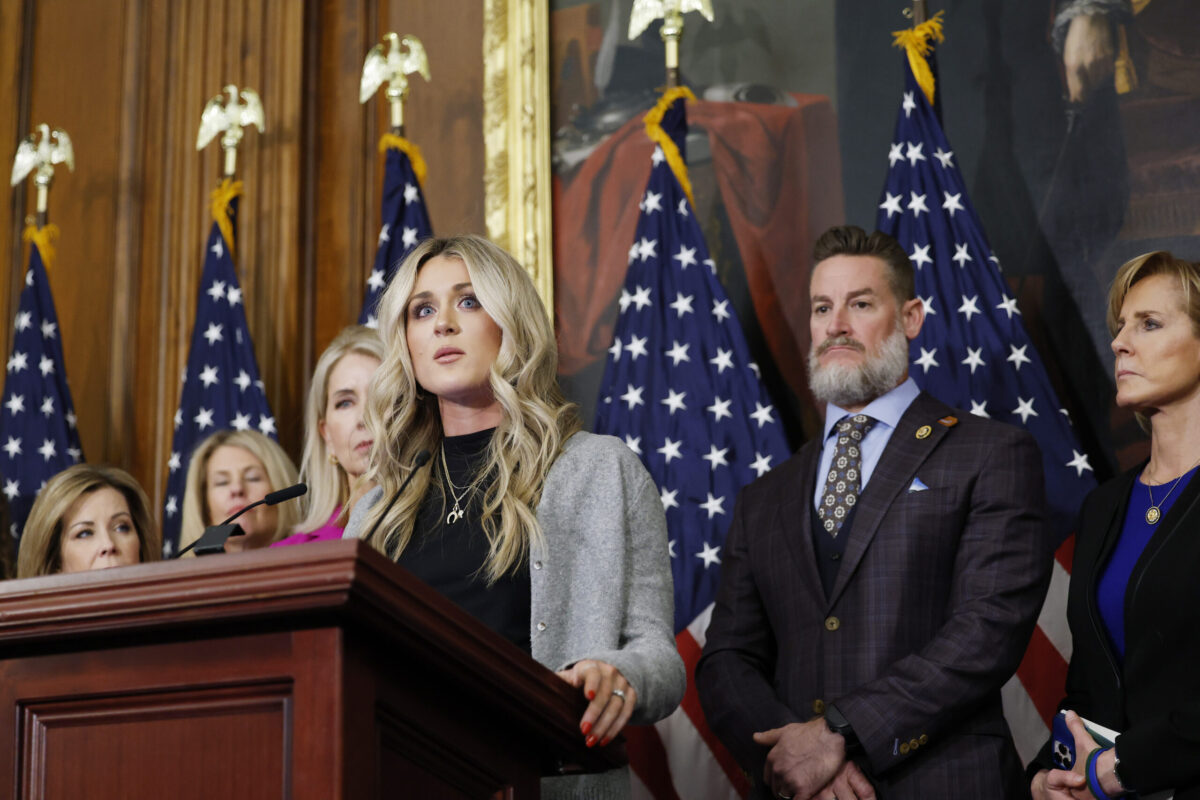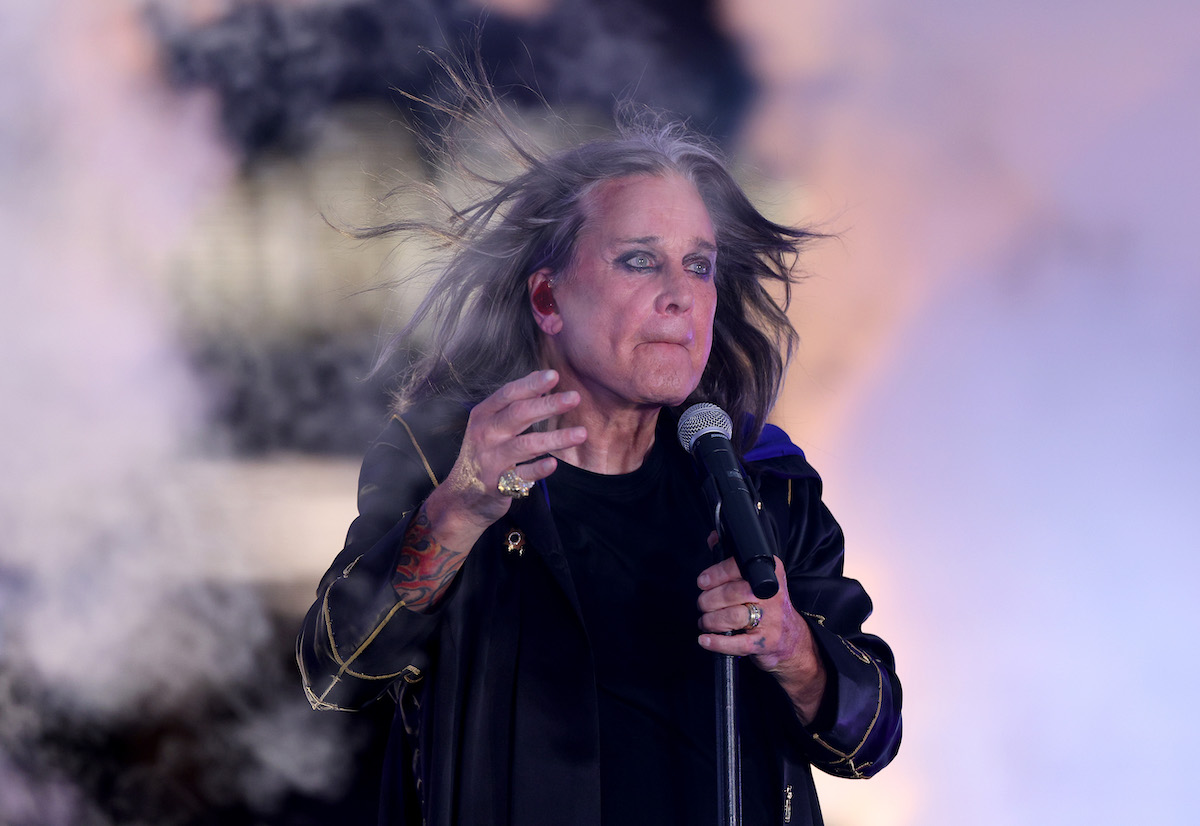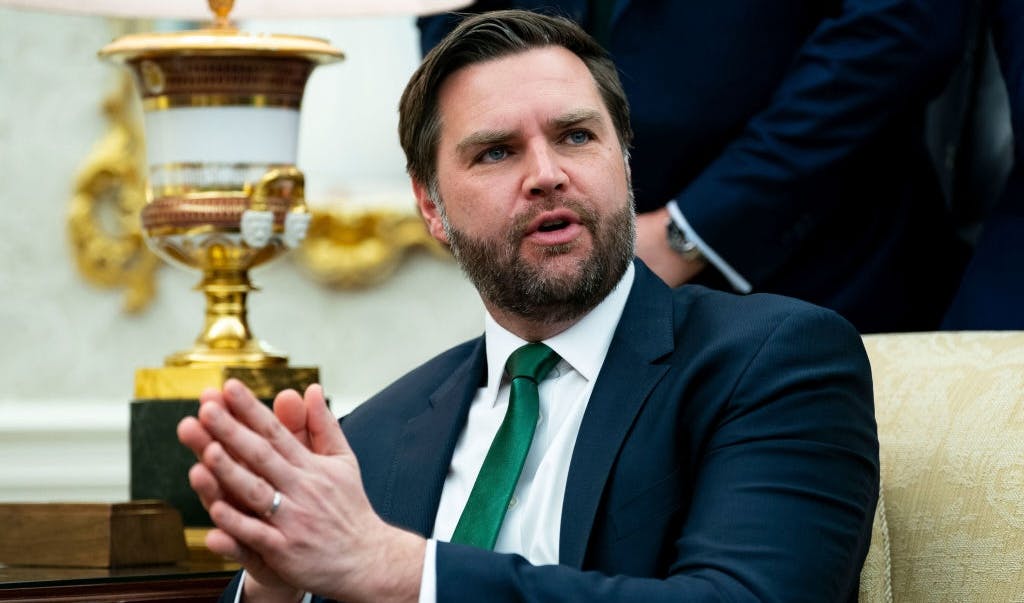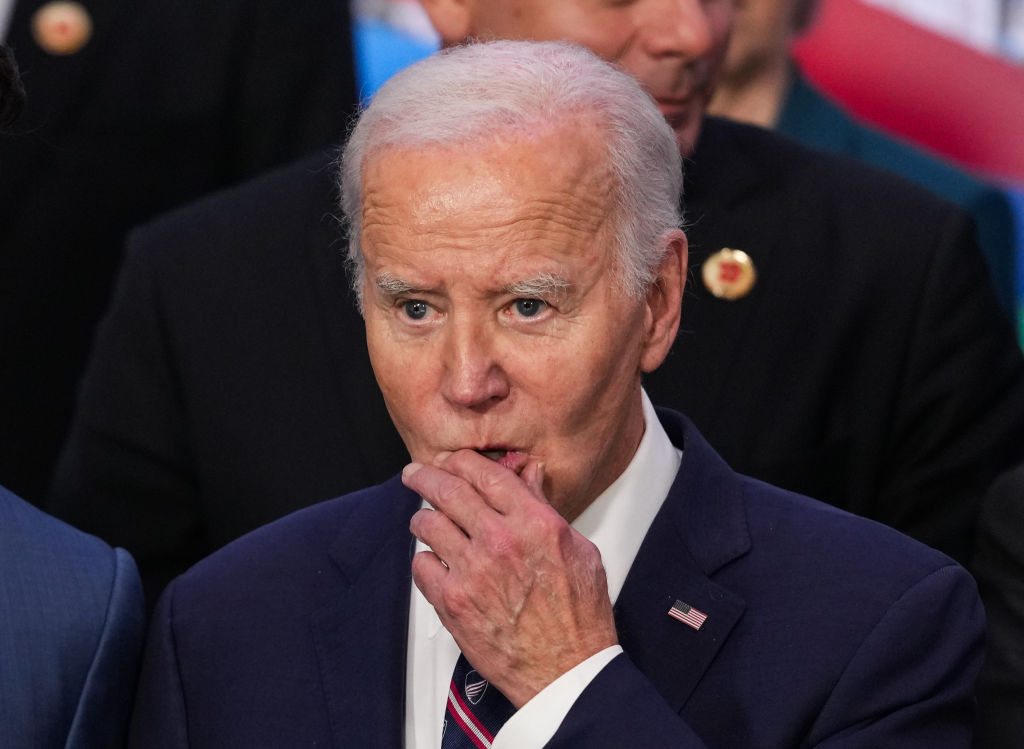What DOGE Could Cut: $1,200 Coffee Cups, COVID Clawbacks, And 3-Cent Pennies
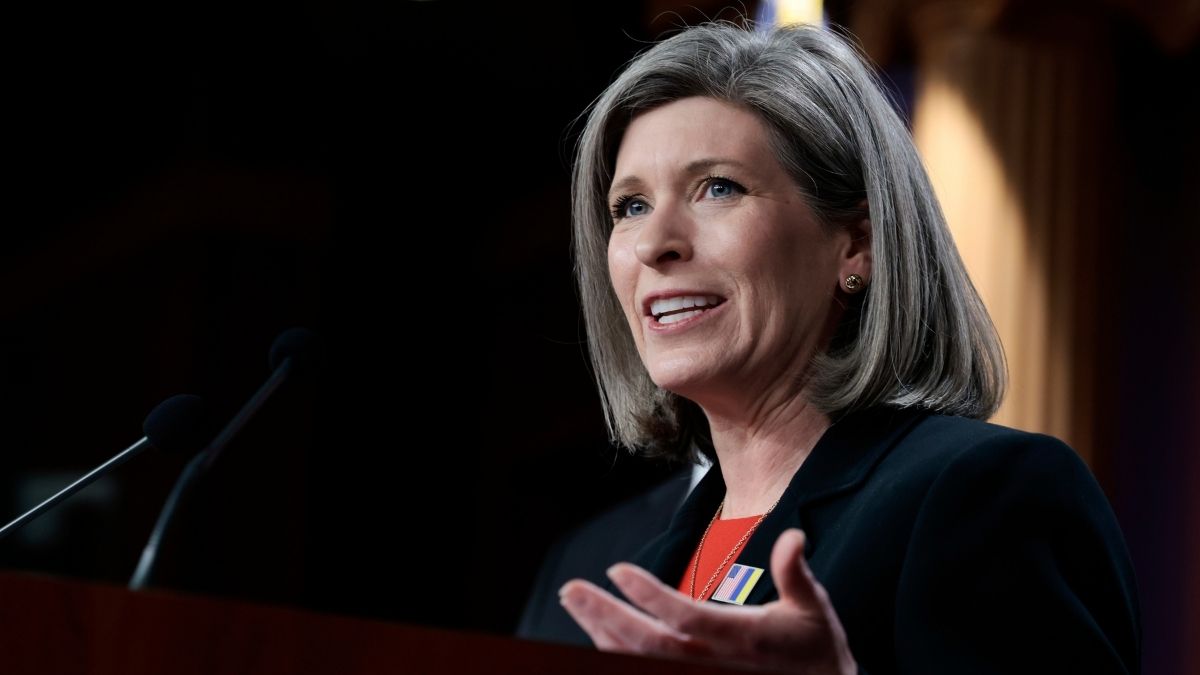
As Elon Musk and Vivek Ramaswamy assemble the Department of Government Efficiency (DOGE), a key senator laid out some low-hanging fruit.
Sen. Joni Ernst (R-IA) has been howling into the wind about wasted taxpayer dollars for a decade, and on Monday she wrote to Musk and Ramaswamy with some ideas to get them started. “With $3 billion of interest being added to our national debt every day, the longer we delay tackling the problem, the further away the finish line gets,” she wrote.
DOGE is an outside-of-government, temporary commission that hopes to cut trillions in federal outlays, which will have to work with Congress to enact lasting programmatic reforms. Ernst is chair of the Senate DOGE Caucus, which she founded to make sure DOGE has “bite,” not just “bark,” she said.
Her proposed targets include:
- Pennies that cost three cents. The federal government even manages to lose money while literally making money: Pennies cost three cents to produce, and nickels cost 11 cents. They could be made from cheaper materials.
- Bloated military spending. The Pentagon paid $1,220 per cup for special heated coffee cups, and 80 times the retail rate for a soap dispenser.
- Use-it-or-lose-it splurges. Federal managers have shown no desire to come in under budget, splurging on luxuries at the end of the fiscal year instead of being honest about their actual needs — which could lead to a budget right-sizing in future years. Agencies sign nearly 10 percent of contracts in the final week of the fiscal year, which ends in September, OpenTheBooks reported in 2019. September splurges include Pentagon purchases of $4.6 million on lobster tail and crab, and nearly $12,000 on a foosball table in 2018.
- COVID fraud. The Biden administration sent “hundreds of billions of COVID relief dollars to fraudsters. A U.S. attorney calls it ‘the biggest fraud in a generation.’ Some swindlers who uploaded pictures of Barbie dolls as photo identification on the applications were even approved to receive money. But the Biden administration is being lax recollecting the cash and time is running out,” the letter said.
- Unspent COVID money. Years after the pandemic passed, there are still billions of dollars of unspent money that was ostensibly for COVID mitigation. Other unspent money is also sitting around in slush funds instead of being clawed back, too.
- Empty buildings: The government owns nearly 8,000 vacant buildings. A 2016 law set up a board to sell them, but Joe Biden’s Office of Management and Budget stymied it, according to a Congressional Research Service report. The board found that the government barely even knows what it owns, because General Services Administration data is often incomplete or wrong.
- Mass-transit boondoggles. Democrats have pushed for mass-transit policies out of anti-car ideology rather than a realistic assessment of demand, and projects have gone vastly over budget and schedule, bogged down by corruption and union requirements. The California High-Speed Train is estimated to cost $128 billion, more than $100 billion more than expected. A 1.3-mile extension of San Francisco’s Caltrain will cost $6.7 billion, one of the most expensive transit projects in history.
- Failing infrastructure projects. Joe Biden said $7.5 billion would create a network of electric car charging stations and $42 billion would bring internet access to rural areas, but only 17 charging stations have been created and no one has gotten internet access.
- Bonuses for failure. The government pays bonuses to employees and contractors, even if they have a record of failure. That includes a $10.6 million bonus to a contractor for its performance on a fighter jet program, despite delivering the wrong parts, which jeopardized airmen’s safety and caused the Department of Defense to have to spend $300 million. NASA is paying more than half a billion dollars in bonuses to a contractor whose project is billions of dollars over budget and years behind schedule.
- Paying employees to do nothing. Employees accused of misconduct are put on paid leave while they are investigated, sometimes for 18 months, despite a law capping such paid leave at 90 days.
- Unemployment for millionaires. Nearly a quarter-billion dollars a year is spent on unemployment checks for millionaires, who are eligible for checks after they lose a job even if they have huge amounts of money coming in from other sources.
- Swag. “Federal agencies collectively spend $1.5 billion every year on public relations and propaganda. This includes koozies, key chains, coloring books, Snuggies, and costumed mascots. Let’s bag the swag,” Ernst wrote.
- The United Nations. The United States gives $15 billion to the U.N. on top of its membership dues, which are themselves higher than any other country. “U.N. staff helped plan and execute Hamas’ terrorist attack on Israel in which American citizens were murdered and taken hostage. A 2024 U.N. migrant plan promotes cash handouts for migrants to cover travel expenses and includes a map with a red line leading right to the U.S. border. Our tax dollars to the U.N. are subsidizing threats to our own national security!” Ernst wrote.
Originally Published at Daily Wire, Daily Signal, or The Blaze
What's Your Reaction?
 Like
0
Like
0
 Dislike
0
Dislike
0
 Love
0
Love
0
 Funny
0
Funny
0
 Angry
0
Angry
0
 Sad
0
Sad
0
 Wow
0
Wow
0























































